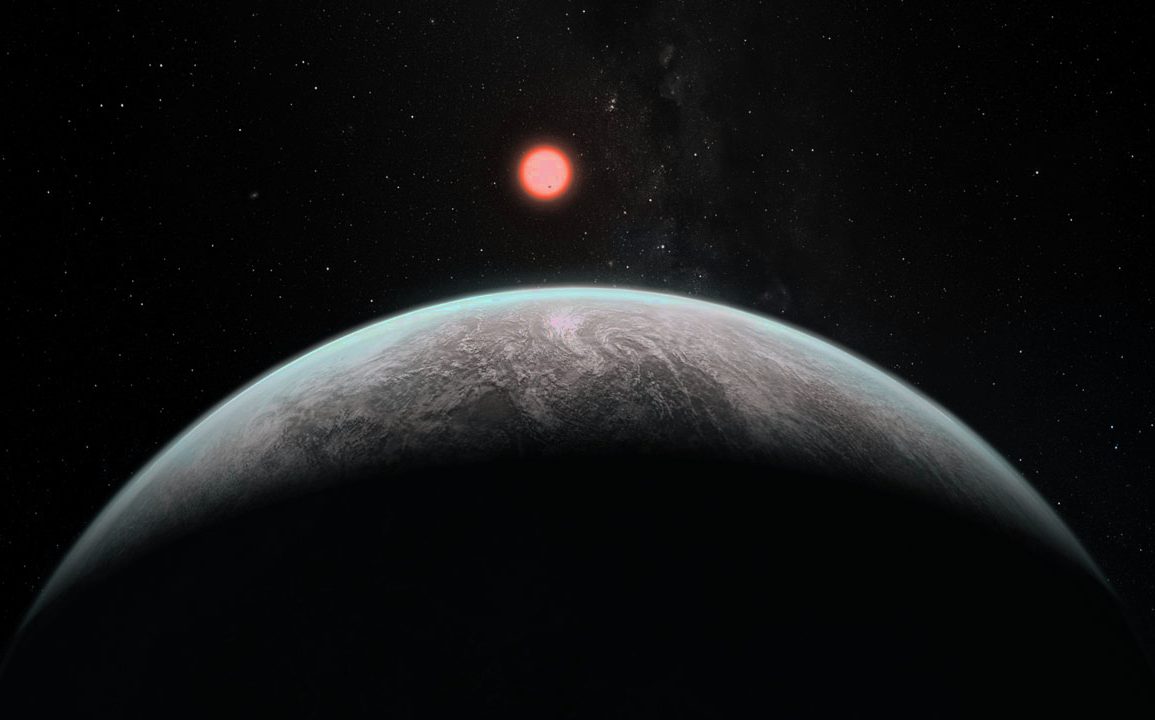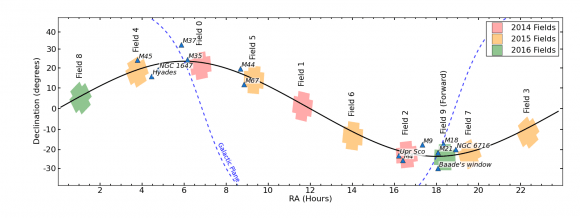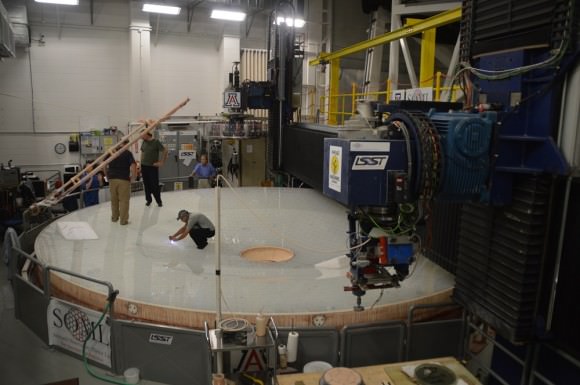The ongoing hunt for exoplanets has yielded some very interesting returns in recent years. All told, the Kepler mission has discovered more than 4000 candidates since it began its mission in March of 2009. Amidst the many “Super-Jupiters” and assorted gas giants (which account for the majority of Kepler’s discoveries) astronomers have been particularly interested in those exoplanets which resemble Earth.
And now, an international team of scientists has finished perusing the Kepler catalog in an effort to determine just how many of these planets are in fact “Earth-like”. Their study, titled “A Catalog of Kepler Habitable Zone Exoplanet Candidates” (which will be published soon in the Astrophysical Journal), explains how the team discovered 216 planets that are both terrestrial and located within their parent star’s “habitable zone” (HZ).
The international team was made up of researchers from NASA, San Francisco State University, Arizona State University, Caltech, University of Hawaii-Manoa, the University of Bordeaux, Cornell University and the Harvard-Smithsonian Center for Astrophysics. Having spent the past three years looking over the more than 4000 entries, they have determined that 20 of the candidates are most like Earth (i.e. likely habitable).
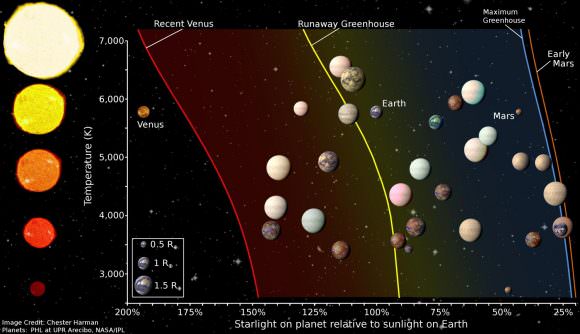
As Stephen Kane, an associate professor of physics and astronomy at San Fransisco University and lead author of the study, explained in a recent statement:
“This is the complete catalog of all of the Kepler discoveries that are in the habitable zone of their host stars. That means we can focus in on the planets in this paper and perform follow-up studies to learn more about them, including if they are indeed habitable.”
In addition to isolating 216 terrestrial planets from the Kepler catalog, they also devised a system of four categories to determine which of these were most like Earth. These included “Recent Venus”, where conditions are like that of Venus (i.e. extremely hot); “Runaway Greenhouse”, where planets are undergoing serious heating; “Maximum Greenhouse”, where planets are within their star’s HZ; and “Recent Mars”, where conditions approximate those of Mars.
From this, they determined that of the Kepler candidates, 20 had radii less than twice that of Earth (i.e. on the smaller end of the Super-Earth category) and existed within their star’s HZ. In other words, of all the planets discovered in our local Universe, they were able to isolate those where liquid water can exist on the surface, and the gravity would likely be comparable to Earth’s and not crushing!
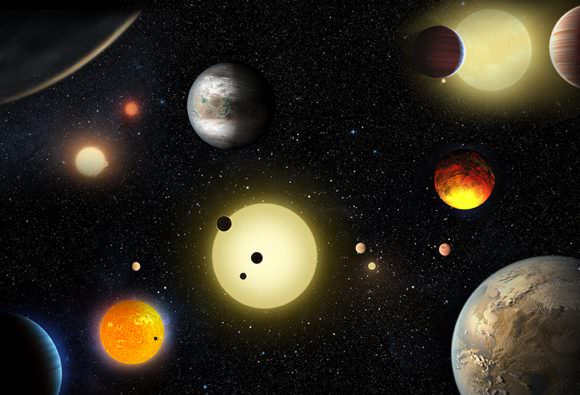
This is certainly exciting news, since one of the most important aspects of exoplanet hunting has been finding worlds that could support life. Naturally, it might sound a bit anthropocentric or naive to assume that planets which have similar conditions to our own would be the most likely places for it to emerge. But this is what is known as the “low-hanging fruit” approach, where scientists seek out conditions which they know can lead to life.
“There are a lot of planetary candidates out there, and there is a limited amount of telescope time in which we can study them,” said Kane. “This study is a really big milestone toward answering the key questions of how common is life in the universe and how common are planets like the Earth.”
Professor Kane is renowned for being one of the world’s leading “planet-hunters”. In addition to discovering several hundred exoplanets (using data obtained by the Kepler mission) he is also a contributor to two upcoming satellite missions – the NASA Transiting Exoplanet Survey Satellite (TESS) and the European Space Agency’s Characterizing ExOPLanet Satellite (CHEOPS).
These next-generation exoplanet hunters will pick up where Kepler left off, and are likely to benefit greatly from this recent study.
Further Reading: arXiv

